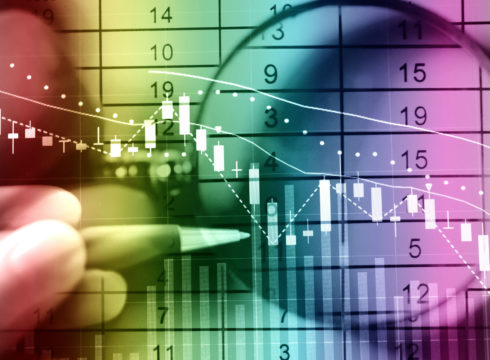SUMMARY
Digitizing of commodity management is helping farmers & traders to operate efficiently with fewer resources at a lower cost
Access to advanced analytics allows for better planning, purchasing and decision making
Use of blockchain has made traceability from farm to fork possible
Inc42 Daily Brief
Stay Ahead With Daily News & Analysis on India’s Tech & Startup Economy
Whether your preferred indulgence is chocolate chip cookies, gingerbread cookies, or cupcakes, chances are it includes an international mix of ingredients. Sugar, flour, fruit, chocolate and dairy products are procured from all over the world. These ingredients need to be grown, marketed, transported and eventually sold to you so you can enjoy your favourite cookies.
So, how does commodity management help satisfy your cookie cravings?
Sourcing
Progress in agri-tech is helping farmers efficiently produce more with fewer resources. Data captured at source combined with big data analytics help farmers analyse real-time data with respect to plant health, soil health and moisture levels, enabling them to make informed decisions about the use of fertilizers, water, and pesticides.
This results in an increased output from each acre of land and keeps the use of expensive fertilizers and clean water – often a scarce resource – to a minimum.
Advanced weather analytics provide location and time specific weather forecasts enabling farmers to plan for unusual weather events. Equipped with this information, growers are better prepared to result in less crop damage.
Blockchain lets farmers trace crops across the entire value chain, from farm to fork, ensuring that consumers, retailers, and manufacturers know exactly where their ingredients are coming from and how they were sourced.
If a crop is recalled, action can be taken quickly to replace contaminated food from the value chain, reducing supply disruptions and ensuring consumer safety.
Trading
Typically, traders purchase commodities from farmers and sell the products to manufacturers who package it for sale in your local markets. New technologies enable real-time digital collaboration so that traders know exactly which contracts are open and what prices are available. Hence, traders can now make the best purchase and sell decisions, reducing raw material costs.
Traders need the ability to connect the entire value chain so they are on top of their operations in real time with insights into both supply and demand for crops. This ensures all contracts are fulfilled on time at the best price.
Manufacturing
Manufacturing is yet another area reaping the fruits of technology. Manufacturing procurement teams must buy their ingredients from the right supplier at the right time and at the right price. This involves determining which contracts make sense.
Is it more cost-effective to buy sugar from Brazil (which might be cheaper to buy but more expensive to deliver) or to buy more expensive sugar from the EU and spend less on transport costs? Advanced analytics helps them spot and respond to demand trends, so they can make better planning and purchasing decisions.
Optimisation of logistics, storage and transportation costs is yet another benefit of digitization. Is it better to store materials in a certain location or move them somewhere else? What are the optimal routes for moving raw materials?
When transport, warehousing, and other logistics are optimized, buyers can shorten the time to market for seasonal goods, cut expensive waste, and avoid rent for unnecessary storage.
Manufacturers, growers and traders that embrace a digital edge can successfully cut costs, operate more efficiently, and improve partner relationships. And, we, as consumers, spend less for our cookies.
Note: We at Inc42 take our ethics very seriously. More information about it can be found here.


